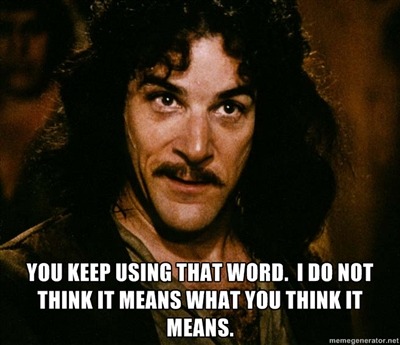Hello. Easter is Sunday. Most people know that as the holiday commemorating the resurrection of Jesus. As most of us also recall from church or Humanities, the Last Supper preceded Jesus’ crucifixion and is why Christians today almost universally have certain practices. I’d like to share.
Eucharist and agape meals
Eucharist, translated, means “thanksgiving.”
Originally, the Eucharist was practiced as a communal meal, as the depictions of the Last Supper in the gospels suggest. Early Christians shared a meal, confessed their sins, and shared the Eucharist– the meal that unified them in the body of Christ. There was a mysticism attached to this ritual; the Eucharist is a mystical union of believers, somewhere in the middle of Catholic and Protestant intentionality regarding communion today.
Consider this Eucharistic blessing, found in the pages of the Didache, the oldest surviving Christian catechism:
“We give thanks to you, our Father, in behalf of the holy vine of David your child, whom you made known to us through Jesus your child, to you the glory into the ages”
“We give thanks to you, our Father, in behalf of the life and knowledge, of whom you made known to us through Jesus your child, to you the glory into the ages. As this which is fragments, while being scattered upon the hills and brought together became one, so the church shall be gathered together from the limits of the earth into your kingdom, because yours is the glory and the power through Jesus Christ into the ages”
–Didache, 9.2-5
It captures the mysticism of this Christian community, joined together through time and space through the ritual of the Eucharist.
Early Christians also held agape meals, which were basically giant potlucks to feed their religious community and whoever else might need nourishment. It was true embodiment of the movement’s redefinition of “neighbor.”
Crowds came from Jerusalem and Judea and the regions around the Jordan River to be baptized by John. He said to them, “Brood of vipers, who warned you to flee from the impending doom? Produce good fruit. Prove that your hearts are really changed. Do not think of saying to yourselves, ‘We are Abraham’s children’ because, I tell you, God can produce children for Abraham right out of these rocks. Even now the axe is aimed at the roots of the trees, so that any tree that fails to produce good fruit will be cut down and thrown on the fire.”
The crowds asked him, “So what shall we do?”
He answered them, “Whoever has two shirts must share with someone who has none. Whoever has food should do the same.”
–Q2
So often we think, I’m a nice person.. Jesus spoke words of truth when he reminded us that everyone is nice to their own friends and family. Rapists and thieves, after all, have friends. The test of Christian faith, I believe, is whether we put it into action– whether we are being nice to more than just our friends and family and giving to more than just our friends and family. Christianity’s intent is to extend our circles of compassion beyond those we might naturally be drawn to love. After all, there is nothing extraordinary about loving and being good to one’s friends and family… pretty much everyone does. Christianity calls us to, as Bishop Spong worded it, “love wastefully.”
And be a simplllllllllllllllle kind of man.
The Prayer of Jesus
Loving God, in whom is heaven.
May your name be honored everywhere.
May your kin-dom come,
May the desire of Your heart for the world be done,
In us, by us and through us.
Give us the bread we need for each day.
Forgive us. Enable us to forgive others.
Keep us from all anxiety and fear.
For You reign in the power that comes from love which is Your glory, forever and ever. Amen.
(prayer from the Sophia community)
I believe the translation intends to portray the panentheistic Nature of God by playing on the words of our traditional translations by saying “in whom is Heaven” and shows how the pursuit of God is heavenly and gives heavenly light to the souls of those who pursue God.
This was used in a Sophia Community (Catholic) service. By kin-dom, I believe the translator intends to convey an idea that “Kingdom” is truly achieved when it becomes “kin-dom,” which is to say when we treat all members of the human family as true family.
And that does it for today, I think.



